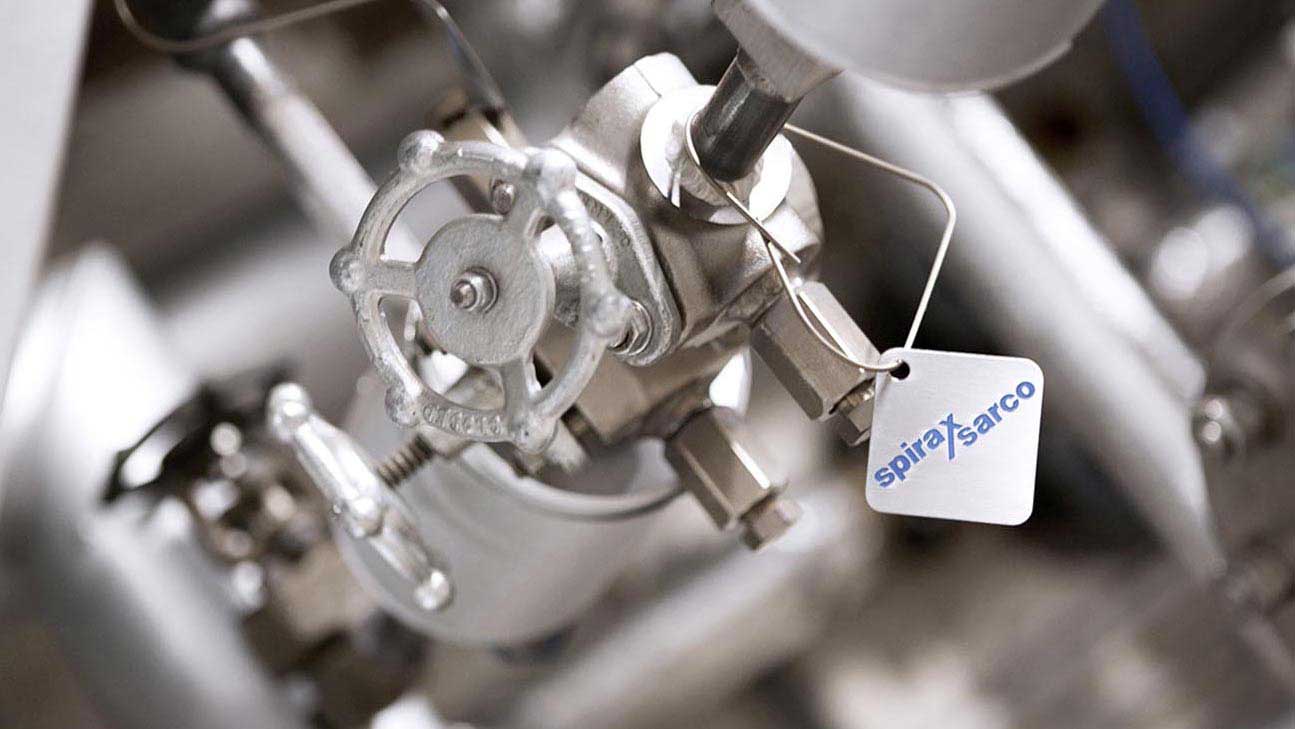Customer: Chemical Plant
Steam Trap Optimization Saves Energy for Chemical Plant
A plant that produces basic chemicals, intermediates, and resins experienced a steam system waterhammer incident that resulted in a safety hazard, significant repair costs and lost production. The event refocused management’s efforts to save energy while improving safety and reliability.
Energy conservation is important to our national interest, since more than 45% of the fuel burned by U.S. manufacturers is used to produce steam, at a value of approximately $18 billion annually, according to the U.S. Department of Energy (DOE). The DOE estimates that the typical industrial facility can save 20% by optimizing its steam system. Industry-wide conservation could reduce fuel costs by $4 billion and reduce emissions by 32 million metric tons.
Since an improvement in the plant’s in-house steam trap maintenance efforts could reduce the likelihood of future events, the facility realized the outstanding potential posed by expert steam trap optimization. They turned to Spirax Sarco to conduct a plant-wide steam trap survey and subsequently to serve as its ongoing steam system optimization partner.
Failed Traps Waste Energy
The Spirax Sarco Steam Trap Survey showed that 10.94% of the plant’s 1,344 steam traps were failed open. Also 34.10% of all drip traps in the plant (144 out of 463 traps) were failed closed, including plugged traps, valved-out traps, and missing traps.
The Spirax Sarco Survey Team explained how the failed traps directly correlated to the plant’s three crucial issues of energy, safety, and reliability. They also made recommendations for correcting steam lines with insufficient drain points and missing steam traps, both of which could result in additional waterhammer problems.
With failed open traps, steam passes through the trap without providing its maximum heating potential. Process control and production capacity both suffer. This includes consumption of additional boiler fuel, makeup water, and treatment chemicals. This added consumption increases operating costs and harms the environment through wasted energy and increased emissions.
Condensate pumps become overheated, and experience cavitation and mechanical seal damage. Pressure reducing valves cannot maintain their setpoints. Failed open traps also leak live steam to the condensate header, consequently causing the header to overpressurize. The open traps also cause flash tanks, deaerators, and possibly safety valves to vent live steam.
Failed closed traps result in corrosion, erosion of equipment and piping, poor steam quality, and possibly waterhammer. Failed closed traps can also cause flooded heat exchangers (see the sidebar titled “Identifying Heat Exchanger Issues”). Pooling condensate wiredraws valve seats, reduces heating efficiency, generates carbonic acid that deteriorates condensate return lines, and induces waterhammer damage. With so many drip traps failed closed, the chances of another waterhammer incident were very high.
Solving Critical Issues
After considering the Steam Trap Survey optimization recommendations, the plant’s management team awarded Spirax Sarco’s a contract to perform turnkey repairs on all failed open and failed closed drip and process traps, and to bring older traps up to the latest technology.
The Spirax Sarco team installed a wide range of float and thermostatic steam traps, thermodynamic drip traps, diffusers, and strainers. Float and thermostatic traps were also used on drips. Many of the new traps were of the universal pipeline connector type that simplifies installation and maintenance.

The optimized steam trap system has provided the chemical plant with an estimated annual energy savings of $570,000 for a project payback of less than a year. Steam quality or dryness has improved with positive effects on heating efficiency and thus cycle time and productivity. In addition, the drier steam improves system reliability and maintainability, particularly by reducing the possibility of downtime caused by waterhammer.
Altogether, the steam system improvements have reduced the plant’s carbon dioxide equivalent footprint by close to 5,000 tons/year. This is equivalent to removing approximately 830 average cars from the roads every year. The plant has attained its goals of improving energy efficiency, safety, and reliability, as well as obtaining tighter process control and reduced greenhouse gases emissions.
Sidebar Identifying Heat Exchanger Issues
While working with the plant to repair and optimize its steam traps, the Spirax Sarco team identified additional problems associated with flooding heat exchangers. The issues were mostly the result of the process conditions and heat transfer area oversizing, which were causing the heaters to flood with condensate.
Essentially a heat exchanger floods due to a lack of differential pressure for the steam trap to operate. The product discharge temperature in heat exchangers are often regulated by a control loop consisting of a temperature sensor, a controller and a control valve to regulate the steam flow to the heat exchanger and also the steam pressure. It is not uncommon for the steam pressure inside the heat exchanger to drop below the condensate return backpressure, especially if the heat exchanger is oversized or if the process conditions are such that the product temperature requirements can be achieved with a minimum, even negative, steam pressure. Since steam traps need positive differential pressure to operate they stop working when the steam pressure inside the heat exchanger falls below the condendsate return pressure. This causes the heat exchanger to flood with condensate resulting in waterhammer, internal corrosion, poor temperature control, and, in many cases, external leaks at the shell or heater gaskets. A simple solution to solve problems associated to flooded heat exchangers is to use a condensate pump to drain the heat transfer space, which is exactly what the Spirax Sarco team recommended to the customer.
Problems such as these can be identified during an audit, a walkthrough, and/or by interviewing plant personnel. Often, it takes time and an experienced eye to find them.

